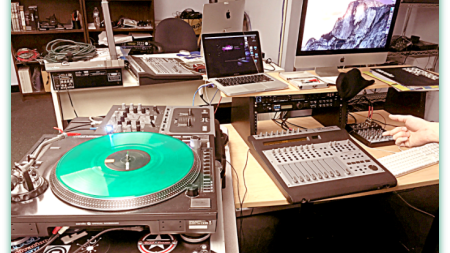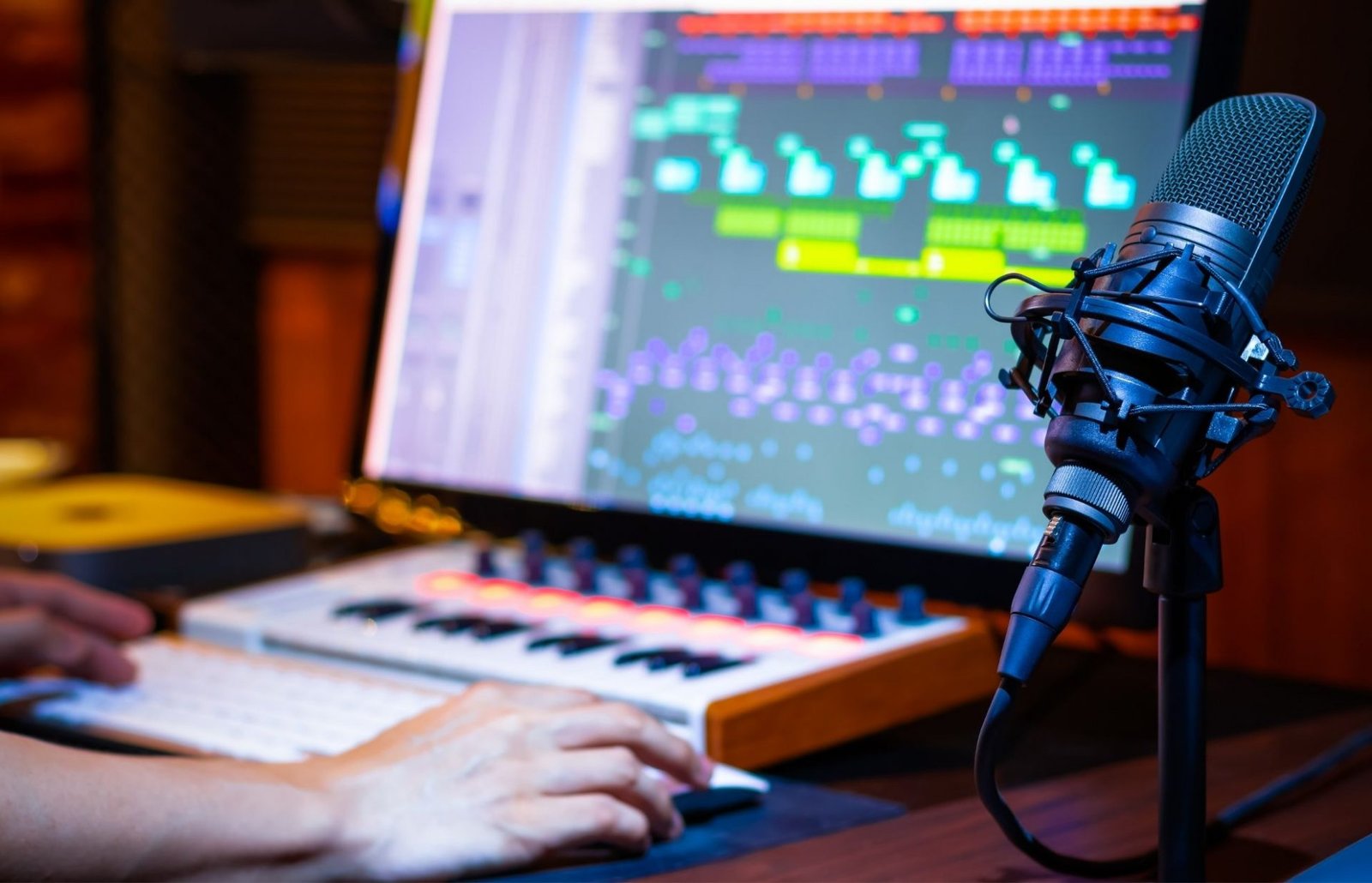The Impact of Technology on Music Production in India
The landscape of music production in India has undergone a profound transformation over the past few decades, largely driven by advancements in technology. From the advent of digital recording tools to the proliferation of software that enables complex sound design, technology has reshaped how music is created, recorded, and consumed. This article explores the impact of technology on music production in India, examining key technological advancements, their implications for the industry, and the future of music production.
Technological Advancements in Music Production
The Rise of Digital Audio Workstations (DAWs)
Digital Audio Workstations (DAWs) have revolutionized music production, providing a versatile and user-friendly platform for composing, recording, and mixing music. DAWs have democratized music production, allowing artists and producers to create high-quality music from their own studios.
Key DAWs:
- FL Studio: Popular among Indian music producers for its intuitive interface and powerful features, FL Studio is used for creating everything from Bollywood tracks to electronic music.
- Ableton Live: Known for its live performance capabilities and flexible workflow, Ableton Live has become a favorite among electronic music producers and DJs in India.
- Logic Pro X: Widely used by professionals, Logic Pro X offers a comprehensive suite of tools for music creation, including advanced mixing and mastering features.
Advancements in Recording Technology
The evolution of recording technology has significantly impacted music production in India. From analog to digital recording, advancements have made it easier to capture high-quality audio and experiment with new sounds.

Key Developments:
- Digital Recording: The transition from analog to digital recording has improved sound quality and editing capabilities, allowing for more precise and flexible recording processes.
- High-Quality Microphones and Interfaces: The availability of high-quality microphones and audio interfaces has enhanced the recording process, enabling artists to achieve professional-grade sound in home studios.
Innovations in Sound Design and Synthesis
Technological advancements in sound design and synthesis have expanded the creative possibilities for music producers. Software synthesizers, virtual instruments, and effects plugins allow for a wide range of sounds and textures.
Key Innovations:
- Virtual Synthesizers: Tools like Serum, Massive, and Omnisphere offer extensive sound design capabilities, allowing producers to create unique and complex sounds.
- Effects Plugins: Plugins for reverb, delay, compression, and other effects enable producers to shape and enhance their music with greater precision.
Impact on Indian Music Industry
Democratization of Music Production
Technology has democratized music production in India, making it accessible to a broader range of artists and producers. With affordable DAWs, recording equipment, and online tutorials, aspiring musicians can produce high-quality music from their home studios.
Implications:
- Increased Access: Independent artists and emerging producers can now create and release music without the need for expensive studio time or major label support.
- Diverse Soundscapes: The ability to experiment with different sounds and production techniques has led to a diverse range of musical styles and genres in Indian music.
Changing Dynamics in the Music Market
The rise of digital platforms and streaming services has transformed how music is distributed and consumed. Technology has shifted the focus from physical sales to digital downloads and streaming, impacting the music industry’s revenue model.
Trends:
- Streaming Platforms: Services like Spotify, Apple Music, and YouTube have become primary channels for music consumption, offering artists new opportunities for exposure and engagement.
- Online Distribution: Platforms like DistroKid and Tunecore allow artists to distribute their music to multiple streaming services and online stores, increasing their reach and visibility.
Collaboration and Remote Production
Technology has facilitated collaboration between artists and producers, regardless of geographic location. Remote production and online collaboration tools enable musicians to work together on projects from different parts of the world.
Tools and Platforms:
- Cloud Storage: Services like Google Drive and Dropbox allow for easy sharing of audio files and project files between collaborators.
- Online Collaboration Platforms: Platforms like Splice and Soundation offer tools for collaborative music production and sharing.
Challenges and Opportunities
Addressing the Learning Curve
While technology has opened up new possibilities, it has also introduced a learning curve for many artists and producers. Mastering new tools and software can be challenging, particularly for those who are new to music production.
Challenges:
- Technical Complexity: The complexity of some digital tools and software can be daunting for beginners, requiring time and effort to learn and master.
- Cost of Equipment: Although technology has become more affordable, high-quality equipment and software can still be expensive, posing a barrier for some aspiring musicians.
Embracing Innovation and Creativity
Despite the challenges, technology presents numerous opportunities for innovation and creativity in music production. Embracing new tools and techniques can lead to unique and groundbreaking musical creations.
Opportunities:
- Creative Experimentation: The availability of advanced sound design tools and virtual instruments encourages experimentation and innovation in music production.
- Global Reach: Technology enables artists to reach global audiences, collaborate with international musicians, and participate in global music trends.
The Future of Music Production in India
Emerging Technologies and Trends
As technology continues to evolve, new advancements will shape the future of music production in India. Emerging technologies such as artificial intelligence, virtual reality, and blockchain are expected to impact the music industry in various ways.
Future Trends:
- AI in Music Production: Artificial intelligence is being used to create music, analyze trends, and provide personalized recommendations, potentially transforming how music is produced and consumed.
- Virtual Reality (VR) and Augmented Reality (AR): VR and AR technologies offer new ways to experience and interact with music, from virtual concerts to immersive music videos.
Continued Growth and Innovation
The future of music production in India is likely to be characterized by continued growth and innovation. As technology advances, Indian artists and producers will have new tools and opportunities to explore, leading to new musical trends and creative possibilities.
Outlook:
- Increased Accessibility: Technology will continue to make music production more accessible to aspiring artists and producers, fostering a diverse and vibrant music scene.
- Global Collaboration: The ability to collaborate with artists from around the world will lead to cross-cultural musical exchanges and new creative collaborations.
Conclusion
The impact of technology on music production in India has been profound, transforming the industry and reshaping how music is created, recorded, and consumed. From the rise of digital audio workstations to the innovations in sound design, technology has expanded the creative possibilities for Indian musicians and producers. As technology continues to evolve, the future of music production in India holds exciting opportunities for growth, innovation, and global collaboration.



